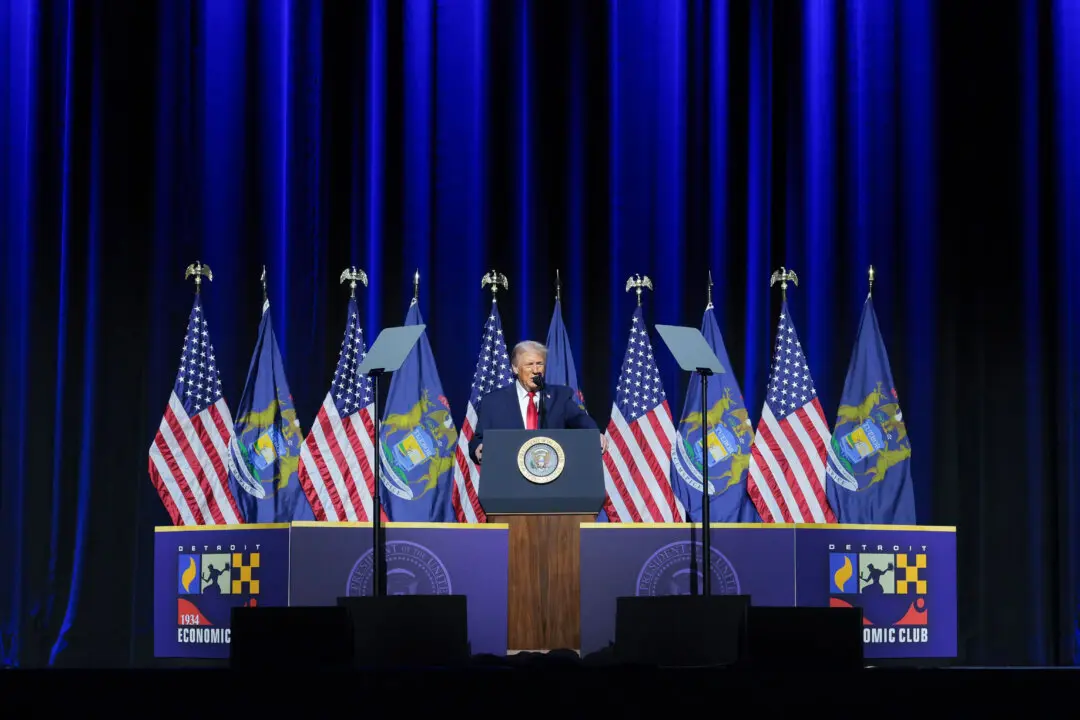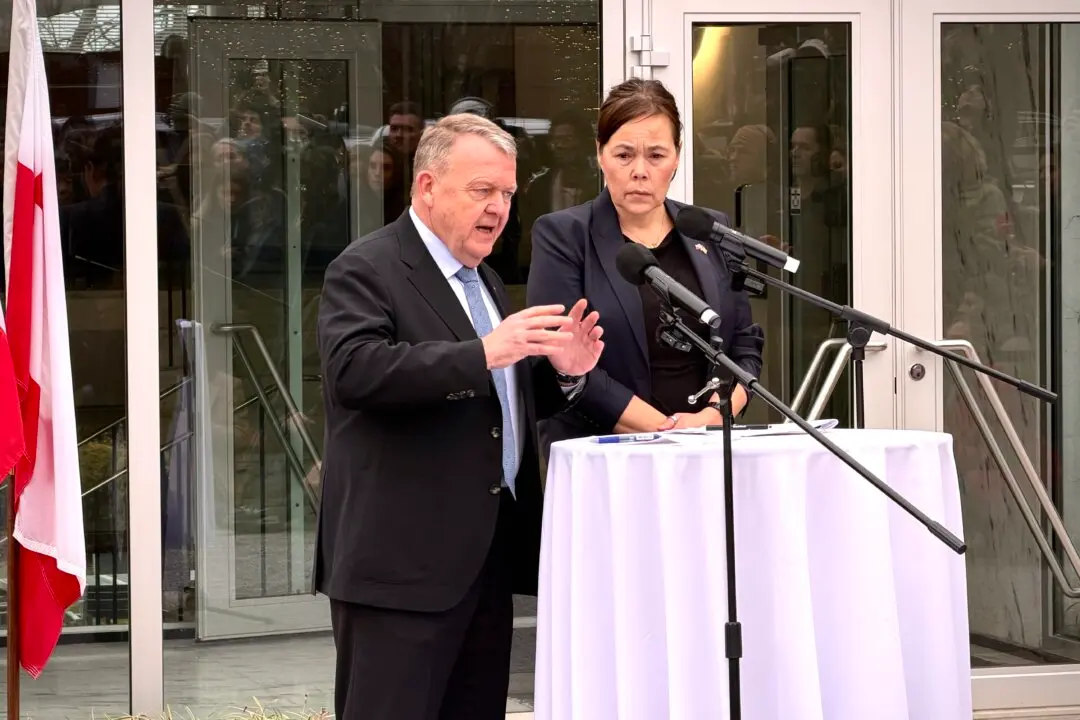WASHINGTON—The Federal Reserve announced on June 16 that it would keep U.S. interest rates near zero as “risks to the economic outlook remain.”
The U.S. central bank made a significant revision to its short-term inflation forecast, reflecting large spikes in consumer and producer prices caused by supply-chain bottlenecks and strong household demand.





